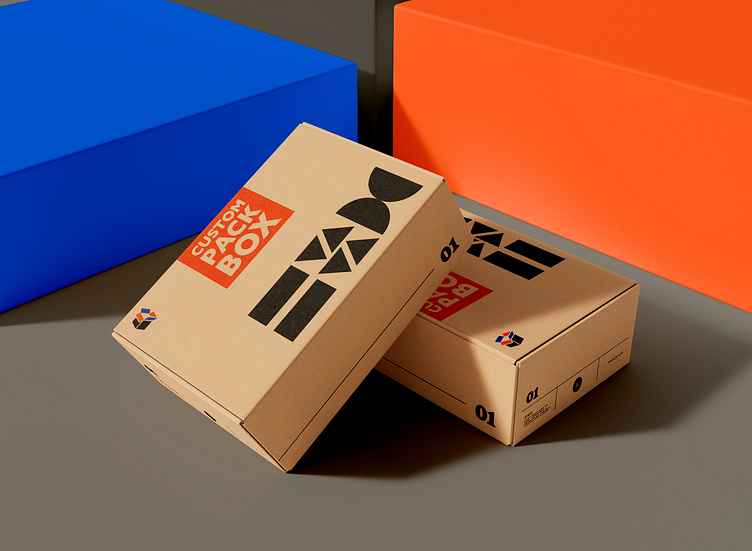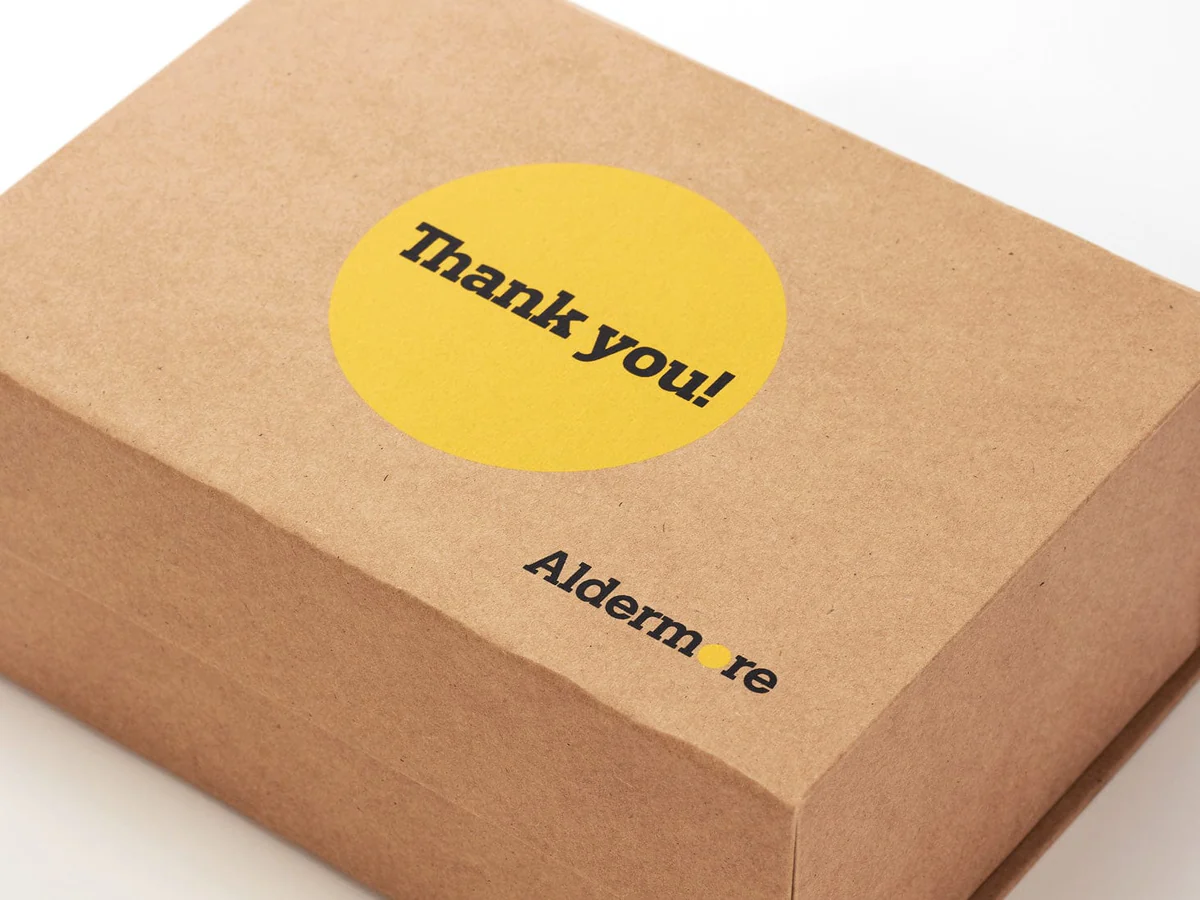Gold and silver cardboard are specialized types of paperboard that are coated with metallic foil to create a shiny, reflective surface. This process is known as foil stamping or hot stamping, and it involves using heat and pressure to transfer a thin layer of metal foil onto the surface of the paperboard.
The process of creating gold and silver cardboard begins with the production of the paperboard itself. Paperboard is a thick, durable type of paper that is commonly used for packaging and other applications that require a sturdy material. It is made by layering multiple sheets of paper pulp together and pressing them into a single sheet.
Once the paperboard has been produced, it is coated with a layer of adhesive that will later be used to attach the metal foil. The adhesive is typically a type of resin or varnish that is applied to the surface of the paperboard using a roller or spray gun.
Next, the metal foil is applied to the surface of the paperboard using a process called hot stamping. This process involves heating a metal die to a high temperature, typically around 300 to 400 degrees Fahrenheit. The die is then pressed onto the surface of the paperboard with a great deal of pressure, which causes the foil to adhere to the adhesive layer.
The metal foil used in this process is typically made from aluminum, although other metals such as gold, silver, and copper may also be used. The foil is available in a variety of different colors and finishes, including shiny metallic, matte, and holographic.
One of the key benefits of using gold and silver cardboard is that it provides a highly reflective surface that can be used to create a range of different visual effects. For example, gold and silver cardboard may be used to create packaging for high-end products such as cosmetics, jewelry, and electronics, as the shiny metallic surface gives the packaging a luxurious and high-quality feel.
In addition to its aesthetic appeal, gold and silver cardboard also offers a range of functional benefits. For example, the metal foil layer can help to protect the contents of the packaging from light, moisture, and other environmental factors. This can be particularly important for products that are sensitive to light or moisture, such as certain types of food or pharmaceuticals.
Overall, the process of creating gold and silver cardboard involves applying a layer of metal foil to the surface of paperboard using heat and pressure. This process produces a highly reflective surface that is suitable for a range of different applications, including packaging, marketing materials, and other printed products. By using gold and silver cardboard, businesses can create packaging and other materials that are not only visually appealing, but also offer a range of functional benefits.
Post time: Mar-30-2023







